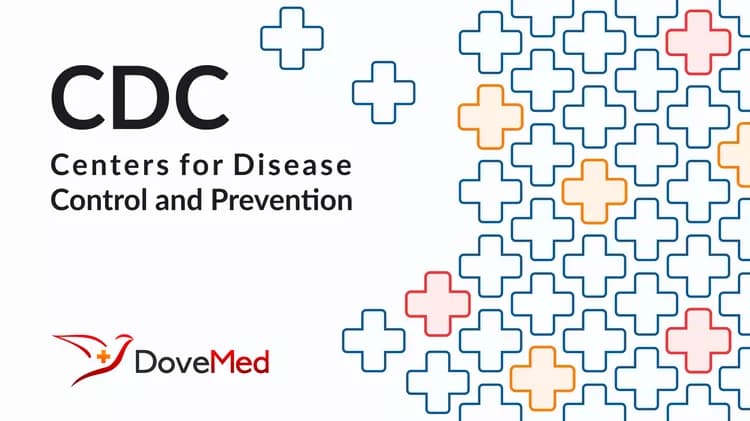
Motor Vehicle Backover Injury Among Children and Youth— United States, 2001-2003
Motor Vehicle Backover Injury Among Children and Youth— United States, 2001-2003
Motor vehicle backover-related injuries pose a serious risk to children and youth with an estimated 7,475 children from ages one to 14 years treated in U.S. emergency departments between 2001 and 2003 for nonfatal backover-related injuries. CDC researchers found that half of the children injured were ages one to four years old. Most backover-related injuries took place at home or on public property with 40% of incidents reported in driveways or parking lots. While the majority (78%) of cases were treated and released from the emergency departments, motor vehicles backing over children and youth pose a substantial risk for severe injury and death. Alerting parents and caretakers to this risk makes it possible for them to take simple steps to protect children from backover-related injuries. Additionally, prevention measures ranging from environmental modifications, like fencing off driveways, to changes in vehicle design, like extra mirrors or sensing devices, may reduce the risk of backover-related injuries to children and youth and should be evaluated.
Key Findings Include:
Pedestrians who were standing, sitting, playing, or walking near or behind a motor vehicle were six times more likely to be backed over by a vehicle than bicyclists or tricyclists.
Injuries occurred predominantly to arms and legs (53.6%) and to the head, face, and neck region (28.0%).
More than half (56%) of all injuries were minor contusions and abrasions; the occurrence of these minor contusions and abrasions increased with age, from 49.4% among one to four year-olds to 62.5% among 10-14 year olds. More serious injuries including fractures and internal injuries decreased with age from 39.5% among children aged one to four years to 17.5% among children aged 10 to 14 years.
Prevention Strategies:
Public education may increase awareness among parents and caregivers and encourage adults to adequately supervise children and youth who are playing in areas near parked motor vehicles; motivate drivers to look carefully for children and youth before backing up; and prompt owners to lock motor vehicles in garages or driveways and to always keep the keys out of the reach of children and youth.
Proposed environmental modifications include fencing driveways off from the rest of the yard; providing fenced play areas away from the driveway and street; and redesigning drives to be circular to eliminate the need to back out. Those modifications that prove effective should be implemented.
Automobile modifications may also play a role in preventing backover-related injuries among children and youth and should be evaluated for their effectiveness. Possible changes include back-up warning alarms when a vehicle is placed in reverse and the use of mirrors or sensing devices that would alert the driver to an out-of-sight object, such as a small child, when backing the vehicle.
This MMWR article is available online at:
http://www.cdc.gov/mmwr/preview/mmwrhtml/mm5406a2.htm
For additional information from CDC’s National Center for Injury Prevention and Control visit: http://www.cdc.gov/ncipc.
Related Articles
Test Your Knowledge
Asked by users
Related Centers
Related Specialties
Related Physicians
Related Procedures
Related Resources
Join DoveHubs
and connect with fellow professionals

0 Comments
Please log in to post a comment.